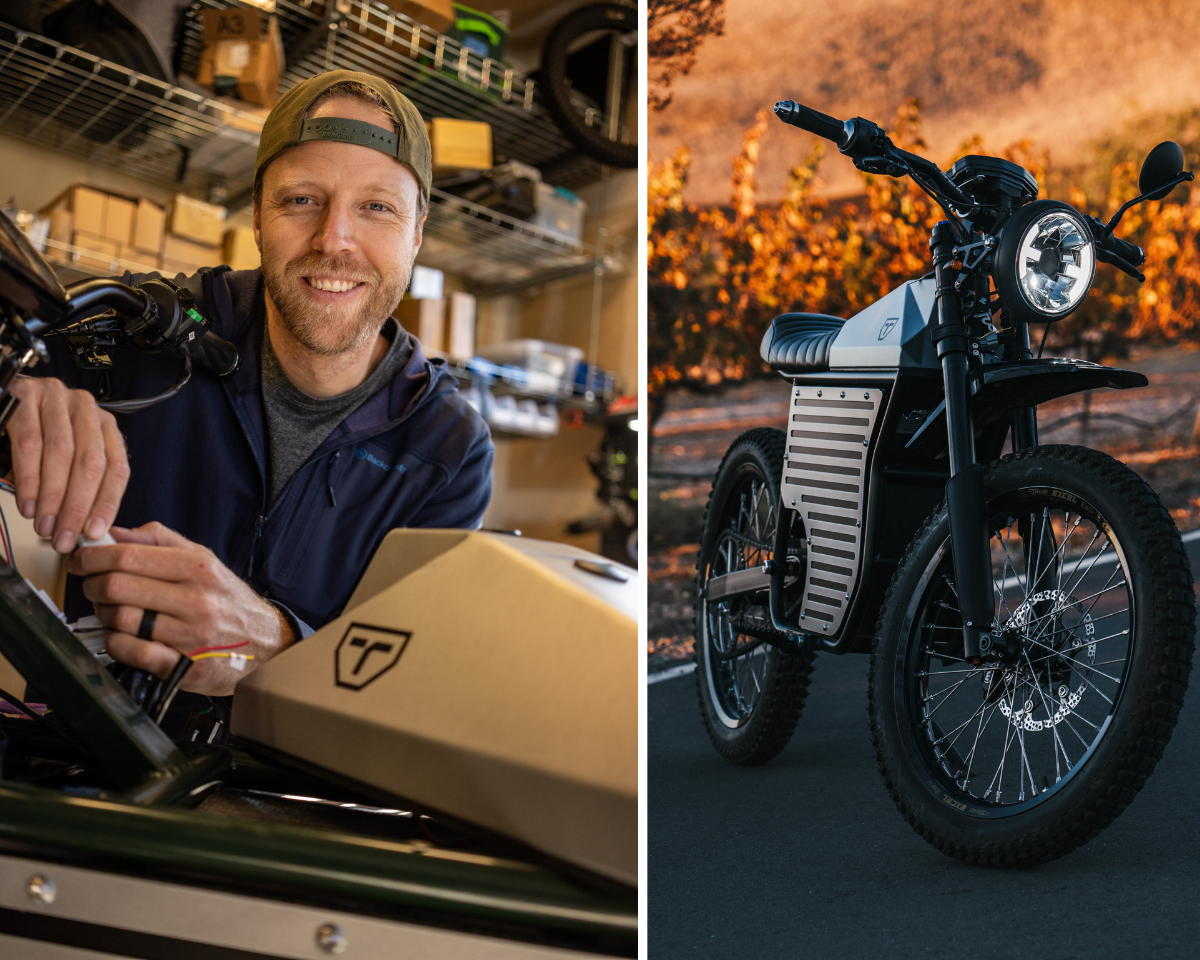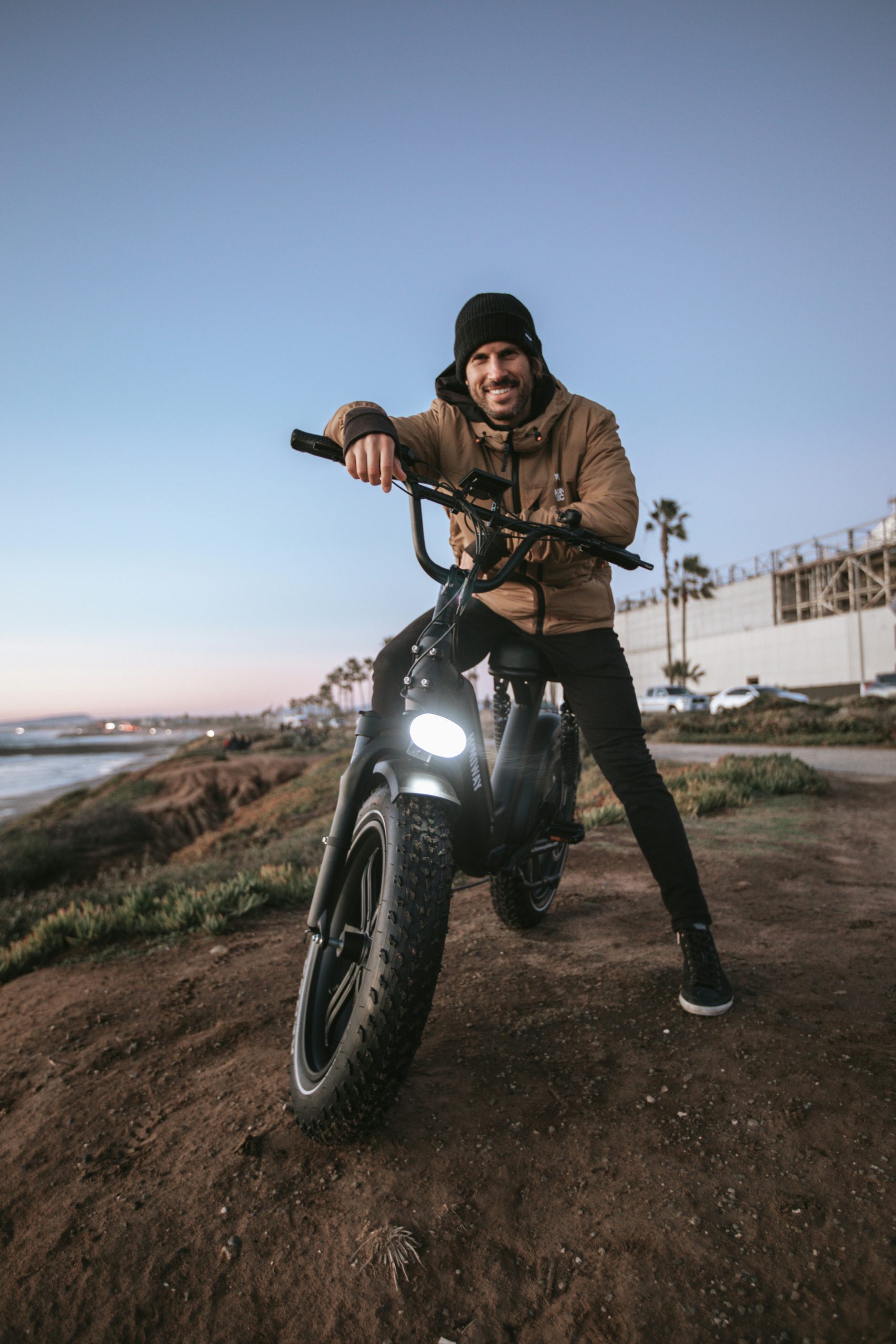Motorcycles appeal to the rider’s raw emotions. For most people, the silhouette of a motorcycle in our collective imagination often identifies with the 1970s-1980s classic motorcycle—exposed, all-metal, stark, and honest. These motorcycles are naked in every sense—they have nothing to hide, with all essential bits exposed and open to touch.
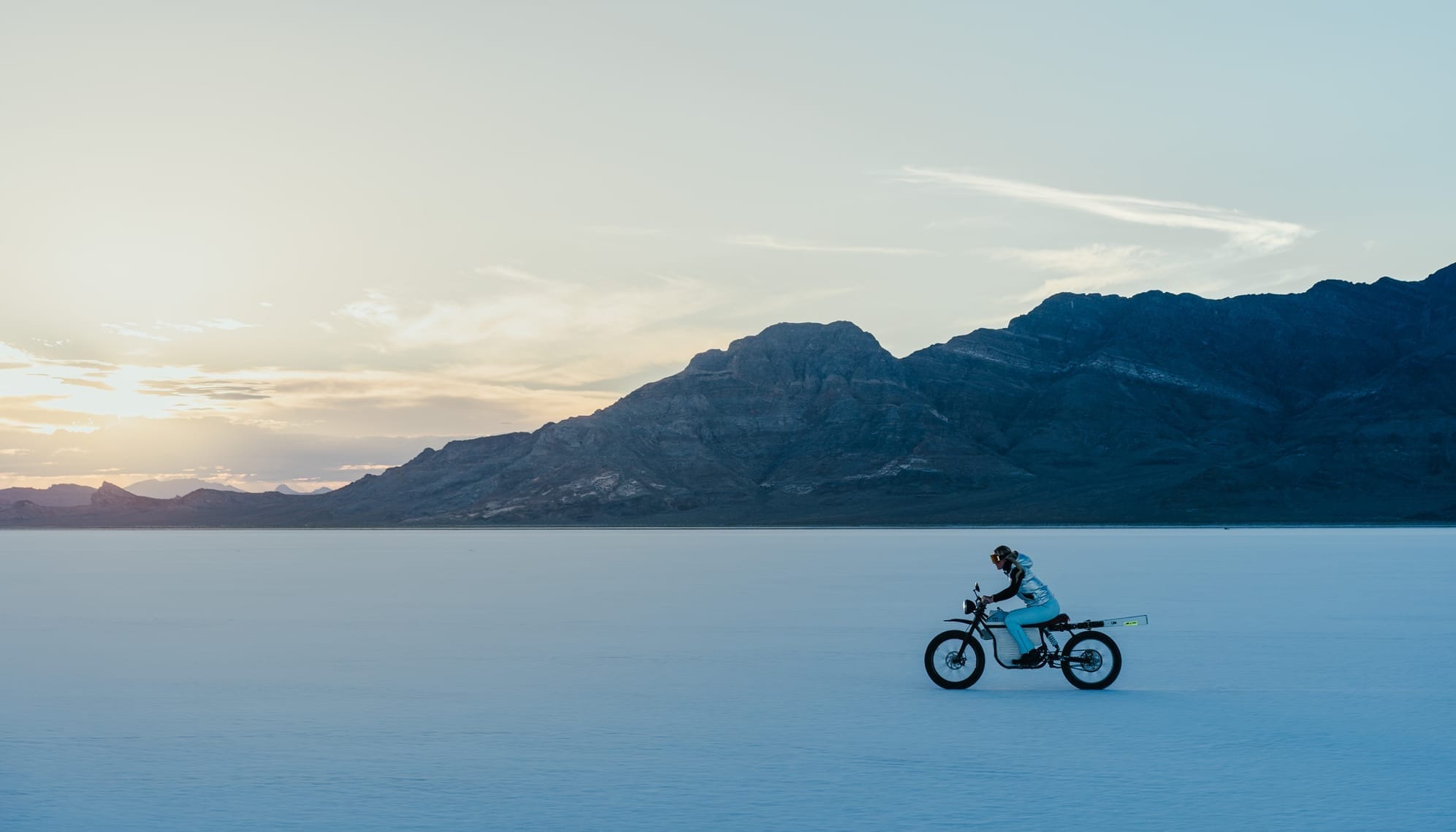
That is where most electric motorcycles disappoint us. Sure, the battery needs to be enclosed and sealed tight, but in the garb of that, designers make a motorcycle that hides everything from the rider. The twist-n-go nature further blurs the lines, making electric motorcycles nothing but large-wheeled electric scooters with no step-thru area. To compensate for a lack of character, engine noise, or vibrations, manufacturers pack electric motorcycles with electronics and large displays. Then there are the material choices – look around and see that most electric motorcycles are swimming in a sea of plastic.
That’s why Terra Prime is such a breath of fresh air. It looks fun, has an all-metal construction, and looks natural even with an electric powertrain. Colorado-based Terra Bikes was set up in 2020 and will soon launch the Prime electric motorcycle on Indiegogo.
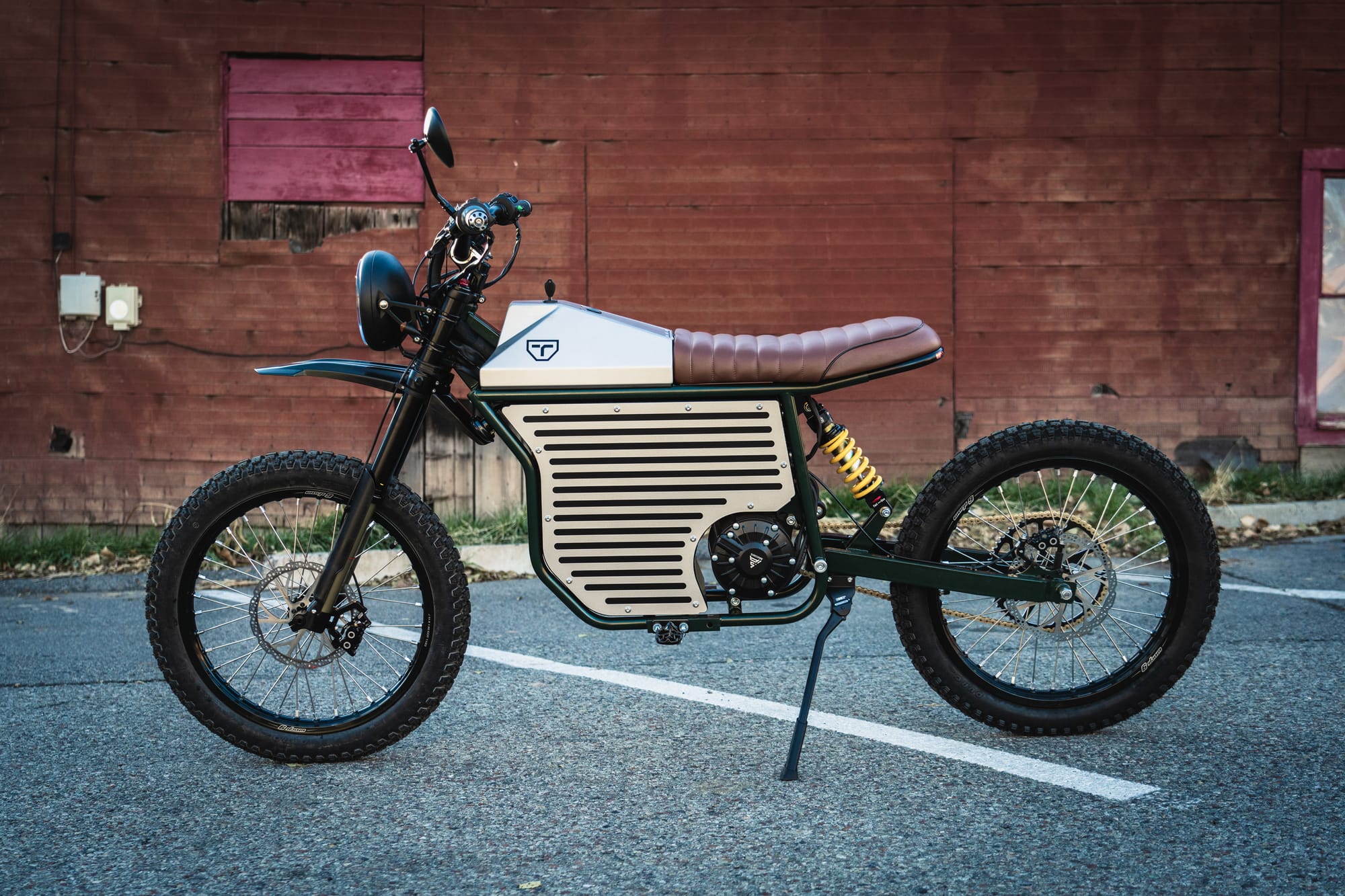
We caught up with Terra’s CEO & founder, Dylan Brown, to learn more about his ideas on electric mobility and why Terra is different from the crop of electric motorcycles in the market.
InsightEV: The Terra Prime looks very different from any other electric motorcycle. How did you start this project? What was the thinking behind the design and engineering?
Dylan: It was COVID times, and I was hanging out with my girlfriend, now wife, and we were with my dad in southern Utah. My dad is British and has ridden and rebuilt Triumph motorcycles, Suzukis, and Hondas his whole life. He always has projects in the garage, and I was helping him with a CB750; he also had a 450 in there. I was enjoying myself, working with my hands, getting to know the ins and outs of these motorcycles, all of these old motors with their chokes, the oil, the mixing, and the grease… It’s tinkering, but it’s dirty, and it takes time. All the cranking inside the garage can be pretty loud, too. This started me thinking: what is there on the market that’s similar but easy to work on, a smaller motorcycle that looks cool yet gives you nostalgia for these classic bikes?

There wasn’t anything like that. I found a couple of e-bikes – Super 73, Onyx, etc. – calling themselves scramblers. And the Onyx especially piqued my interest. It went fast, over 45-50 mph. I said, “That looks pretty cool.” But once I dove into it and started looking at it, I realized it was just a beach cruiser. There’s nothing you can do with that thing.
So I decided right there that I would educate myself, and with my background in mechanics and my dad’s insight into rebuilding motorcycles, I could do something better. On top of that, I used to race mountain bikes, so I knew the geometry I liked.
So, I set out to build what I wanted as somebody who lives in western Colorado. I just sketched out what I wanted based on past mountain bikes and motorcycles I liked, and went to a frame builder, James Bleakly, in Fort Collins, and said, “Hey, will you help me develop this bike?”
His business was also slow during COVID, as everything was stuck in the US ports, and he said, “Yeah, let’s do it. Let’s build you a couple of prototypes.”
So that was back in 2020, and we ended up with a cool working prototype. I rode it hard, broke it, modded it, and then built the second prototype. Did that all over again, riding it as hard as I could, in the city, off-road, everywhere. I let friends ride it. Took their advice — some of it, at least. I took it down to the highway patrol and had them give it a once-over. They approved it for roadworthiness, got it registered as a street-legal motorcycle, and started my business based on that second prototype.
InsightEV: That’s quite a story, and I can see your passion for building and rebuilding motorcycles, as you have an automotive background. You started working with a frame builder, and the Terra Prime, I think, has what we call a cradle frame. But it is very distinctively shaped. How did that come about?
Dylan: Yes, I’m kind of glossing over things relatively quickly, so let me back up a bit: the first electric vehicle I built was a Stealth Bomber electric bike. I bought a frame off of AliExpress, put a 3.0 kW hub motor on it, wired up my battery pack with Samsung 18650 cells, wired in a BMS, and a pretty powerful controller. From that experience, I learned a lot about electronics: what worked, what didn’t, what needed extra protection, and so on. The biggest takeaway from that first build was that I wanted full protection of all the electronics. So, even though you can have a battery pack that’s sealed up and you have everything that’s IP65, I still wanted more protection. So, I built an enclosure that has everything as watertight and dust-tight as possible. The shape of the frame is a result of that.
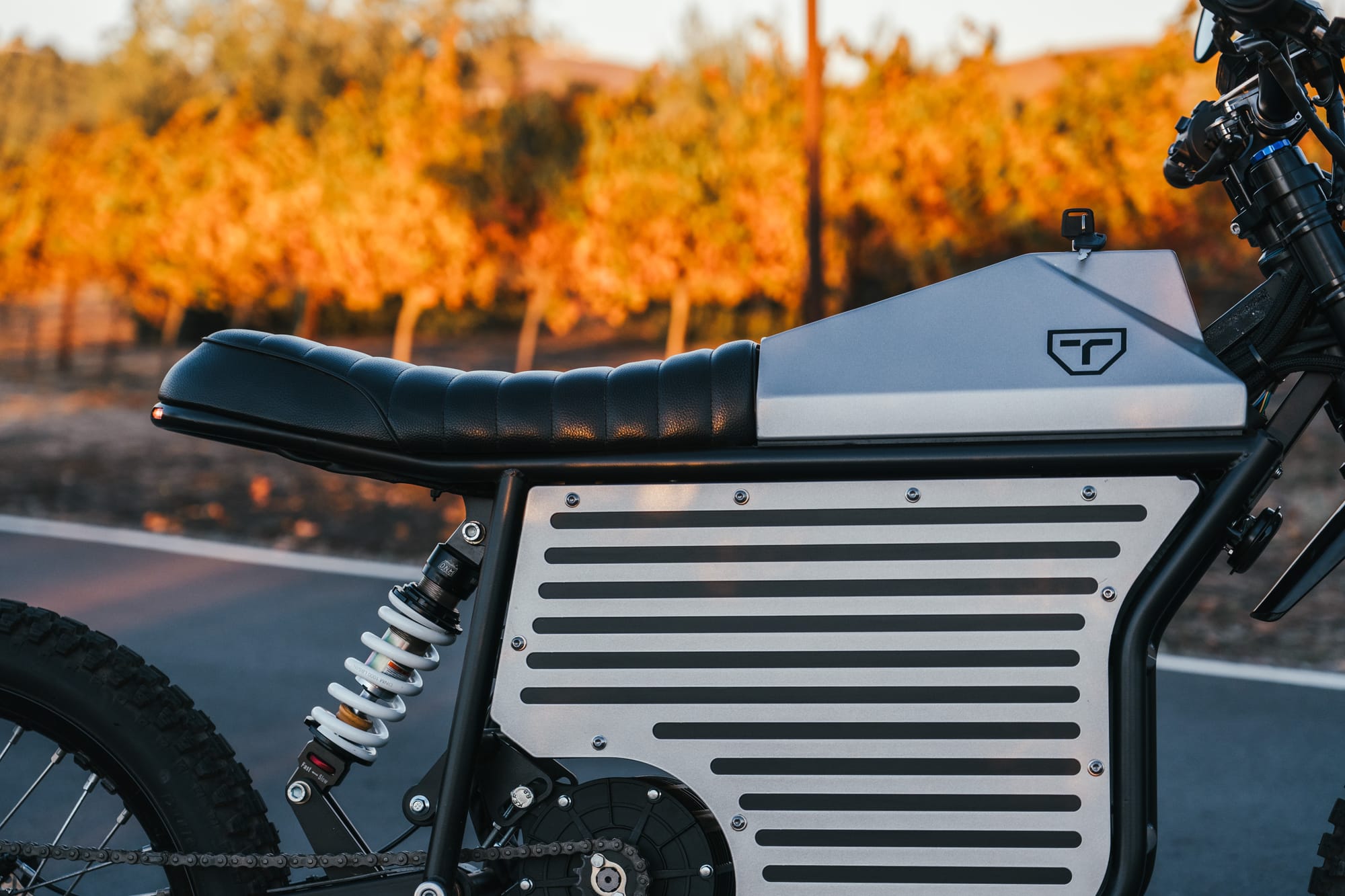
These electric motorcycles, at times, you’re putting on the back of your truck or Subaru, and you are driving over mountain passes in Colorado, and going through a snowstorm or a rainstorm, it takes a beating. It gets plastered with rain, snow, and sleet. That Stealth Bomber that I built, even though I was diligent in sealing everything up, kept on having issues with water intrusion.
So when I went to build Terra, I wanted to build what I was calling not the battery box but the battery enclosure. So it’s essentially the electronics enclosure. I want that to be as sealed and waterproof as possible. So when you look at the Terra Prime, you see the square that holds everything; all the important bits are in there, and it’s practically waterproof. You have your communication cables coming out from your motor going into a tiny little port with a grommet, and then you have your communication cables coming off your handlebars and going through a tiny little port with a grommet. That’s the only intrusion that water and dust can have. Period. You can essentially ride the Terra into a lake and then ride out the other side, and you’re not going to have any issues because that box is waterproof. All the components that are inside are rated IP65 or higher. So everything that you’re looking at is very, very, very well protected from all the elements.
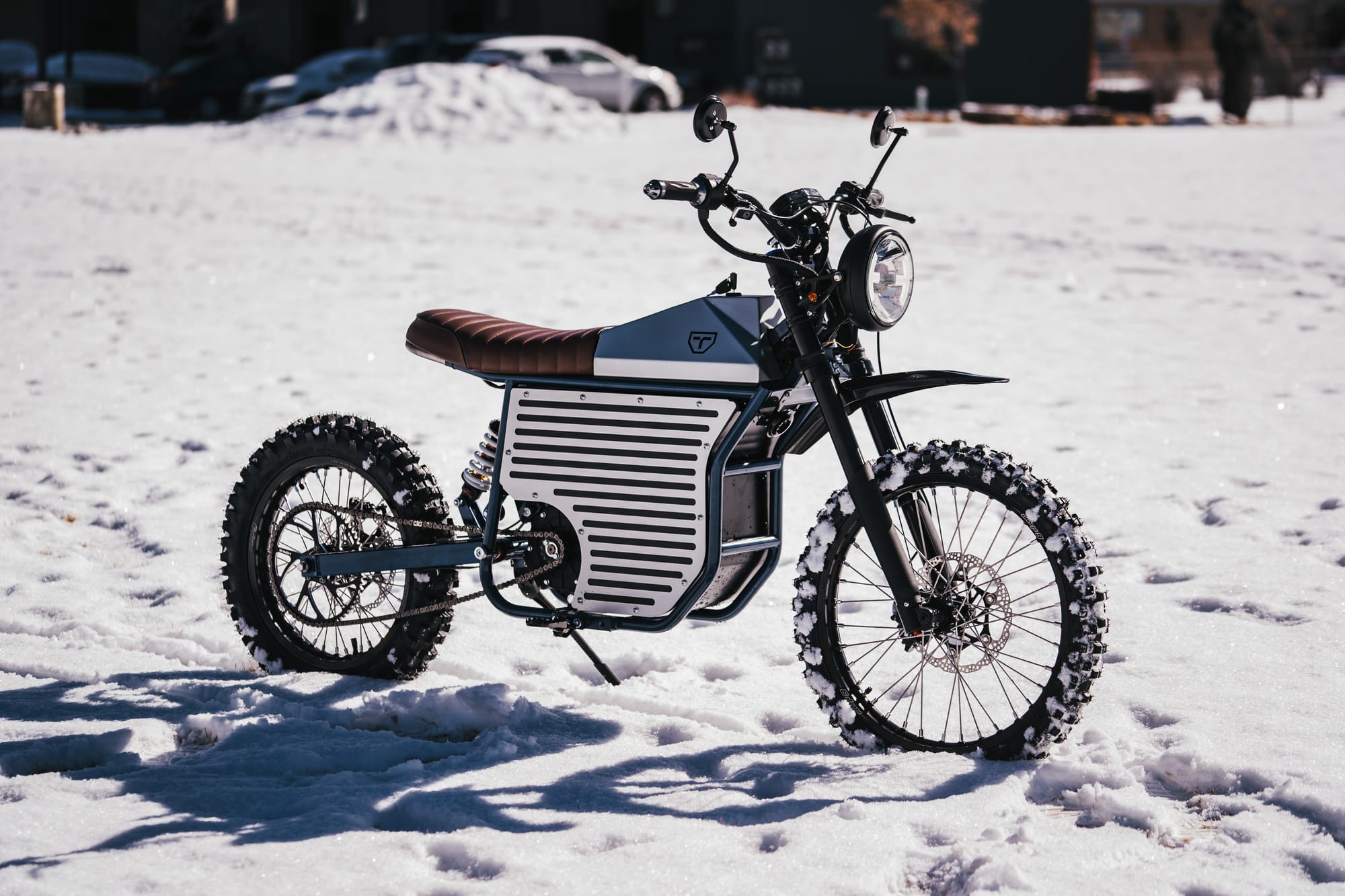
InsightEV: What I could see from the brochure and find impressive is that the Terra is all metal and no plastics anywhere. Did it come from your work on classic bikes?
Dylan: Everyone is making these motorcycles to be as futuristic as possible. So you have these big fenders, these big side panels, etc. Even dirt bikes are covered in plastic panels, and everyone uses plastic to cover up the bike. But my motto with Terra has been, “Electric is simple.” There are three parts to an electric system. There’s a battery, there’s a motor, and there’s a controller. That’s it. Why do we have to complicate it? So many companies are tossing in GPS, extra sensors, using their phones as keys or monitors, etc. Why make everything more fancy for the sake of making it fancy? Electric is crazy simple. It’s not like a combustion engine with thousands of parts. So, with Terra, I went as simply as possible. I wanted metal because once you design something with metal, whether it’s Chromoly steel with the frame or 5052 aluminum with the side panels, you can drop it, you can wreck it, you can beat it up, you can practically run over it, and you’re going to pick it back u,p and it’s still going to work. So metal just doesn’t break. Maybe it’ll get dinged up, but it’s not going to fracture and shatter and look like crap.
One time, I ran out of charge, and I had to pick my bike up and push it over the fence to be able to get down to the main road so that my wife could come pick me up. I shoved the bike up and over the fence. It crashes down on the other side. I load it on the truck and bring it home. I plug it in, and three hours later, I turn it on. Everything works perfectly fine. Nothing’s damaged. I still ride it to this day, and I haven’t repaired it from shoving it over a fence.
InsightEV: Are you making the battery boxes yourself or sourcing it from someone?
Dylan: The battery box is proprietary. It’s fully designed by me. I have those built by a supplier, but the design is mine. Until this point, I have built all the bikes by hand in my garage. We built the frames five at a time, the battery boxes five at a time, and then the faux tank, which is also metal, five at a time.
Because – going back to my motto of keeping it simple – I didn’t want to design everything from scratch. There are companies out there that already make electric motors, and there are plenty of battery manufacturers. There are controller manufacturers who already manufacture those really well. Why would we build something brand new when there’s something off the shelf that I can buy that works perfectly fine, even better than I could design myself?
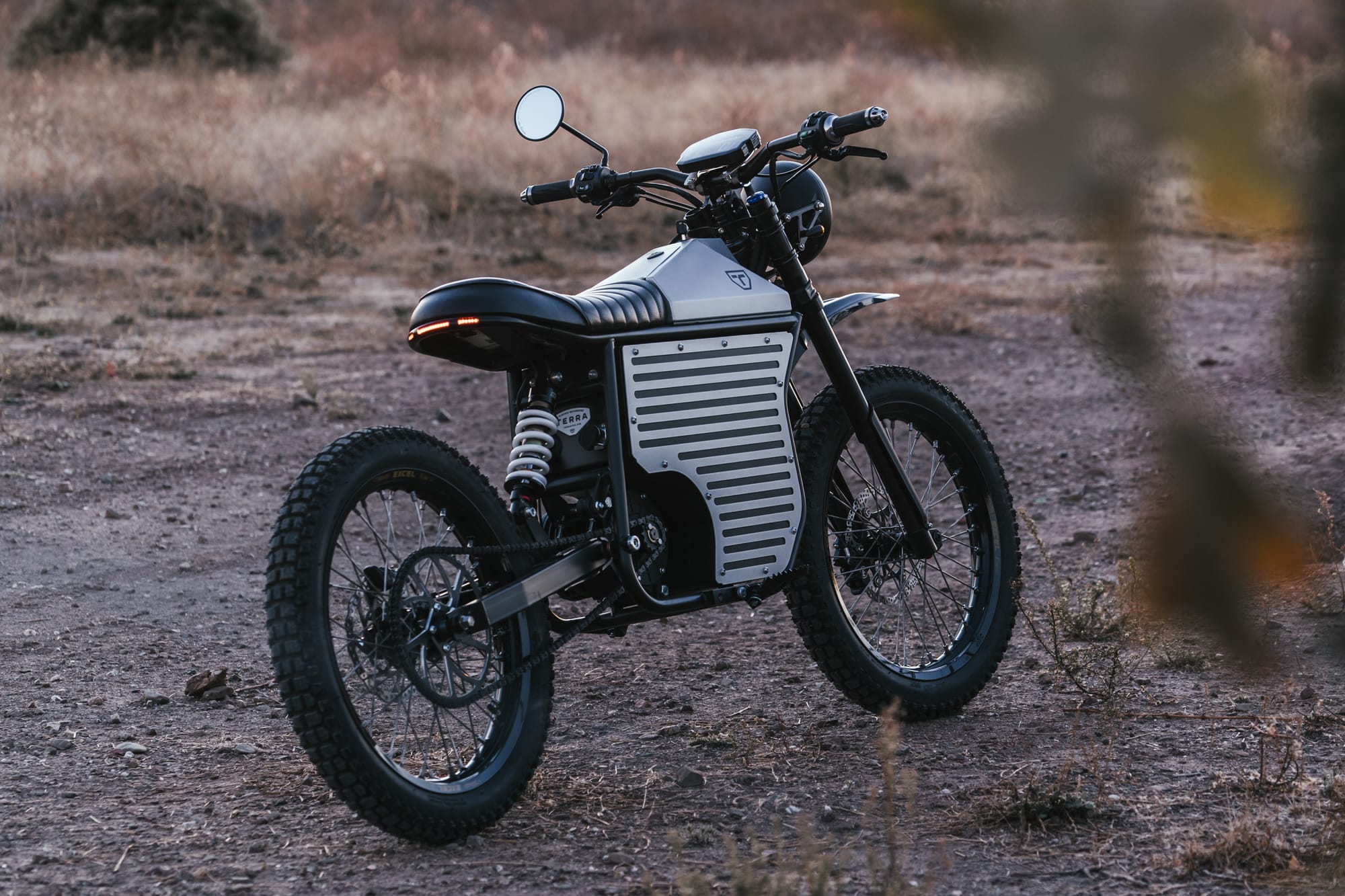
If somebody buys my bike, they know that if something breaks, they can go online and find a replacement and repair it themselves or take it to the local motorcycle shop and repair it. They don’t have to call me because something broke, unlike, say, Cake Motorcycles, which went out of business. Guess why? Every part of their bike they designed from scratch. They decided to build every part individually and make every single part proprietary. I didn’t want to do that. I wanted to build a bike for the masses. I wanted to build a bike that people can buy and have for the rest of their lives. No matter if I’m in business or what happens, they will have a platform they can always rely on and know will work forever. They can take my frame and battery box and mod it to their liking, forever.
InsightEV: How many have you sold by now? I guess you already have some sort of inaugural booking going on for the Terra Prime?
Dylan: So, up until this point, I’ve been building them per order. So, people put down money; they get a bike about three months later. But now I have partnered with a manufacturer in China, and we can scale, and I am able to lower my costs. So right now our MSRP for our base model will be 5995 USD. In February, we’re launching a crowd-funding campaign on Indiegogo, and we’ll be offering 35% off our extended-range battery pack build. So you’ll be able to get a 65Ah72V pack with the bike, and that cost will be USD 5299 if you sign up for our early bird VIP access — https://comingsoon.co/products/terra-prime/
InsightEV: Are you looking at certain volumes through the Indiegogo campaign?
Dylan: Currently we’re already working with our partner in China. They’re building our frames as we speak right now. So, no matter what we end up selling through the Indiegogo campaign, the plan is to always have about 40 bikes on hand in the US at all times. So after the Indiegogo, you’ll be able to go to our website, you’ll be able to order it, and we’ll be able to ship directly. Right now, Indiegogo will give the consumer the very best price we will ever offer — and I would love to see us sell 50 bikes through the campaign.
InsightEV: What are the three battery sizes?
Dylan: We’re on the fence a little bit about whether it’s going to be a 32Ah base model or a 40Ah base model because we want the discharge rates to be high enough for the performance we want. But, the mid-pack is a 55Ah pack, and then the extended range pack is a 65Ah. These two bigger packs both have an output of 5C.
InsightEV: You’re using what? 21700 cylindrical cells.
Brown: Samsung’s, yeah.
InsightEV: Samsung 21700 cylindrical cells for 5C discharge. That’s pretty awesome.
Dylan: Yeah, we’re stoked.
InsightEV: And what about the motor? I read 6.0 kW with a 14.4 kW peak? Is it completely off-the-shelf?
Dylan: We’re working with Shinwin, and we’re using an off-the shelf option, with future development with the casing to start, and possibly new internals.
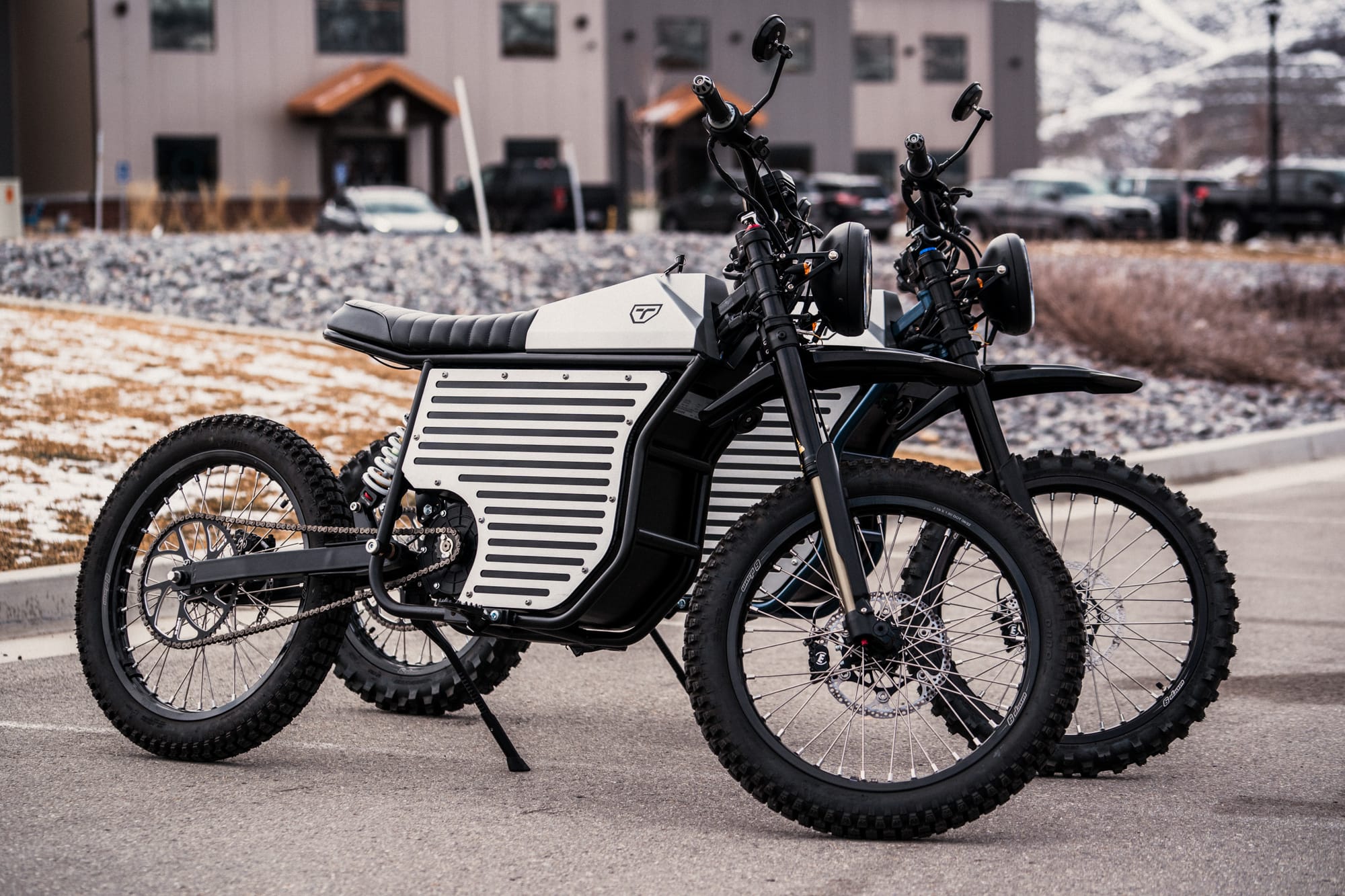
InsightEV: The electric motorcycle scene in the US has been dominated by Chinese off-road specialists like Sur-Ron, Tromox, and Talaria, and plenty more are coming on the way.
Dylan: So, we’re a dual sport bike. We’re not like Talaria, where they’re marketing fully off-road bikes. Our bikes are truly dual-terrain, dual-sport motorbikes. So, what you get with us is the ability to legally register your bike and use it as a city or town motorcycle. You can use it for pleasure and fun riding 55-60mph on county roads and through town, following speed limits. But then, when you go off-road, your bike comes equipped with dual sport tires (Duro HF307). Then, you have eight inches (200mm) of travel up front and six and a half inches (165mm) of travel in the rear.
So, it is very capable of being ridden off-road as more like a trail bike. You’re not going to go take it to the motocross track, but you can go ride it down technical enduro-style trails, no problem. I do it all the time in southern Utah and in the mountains of Colorado.
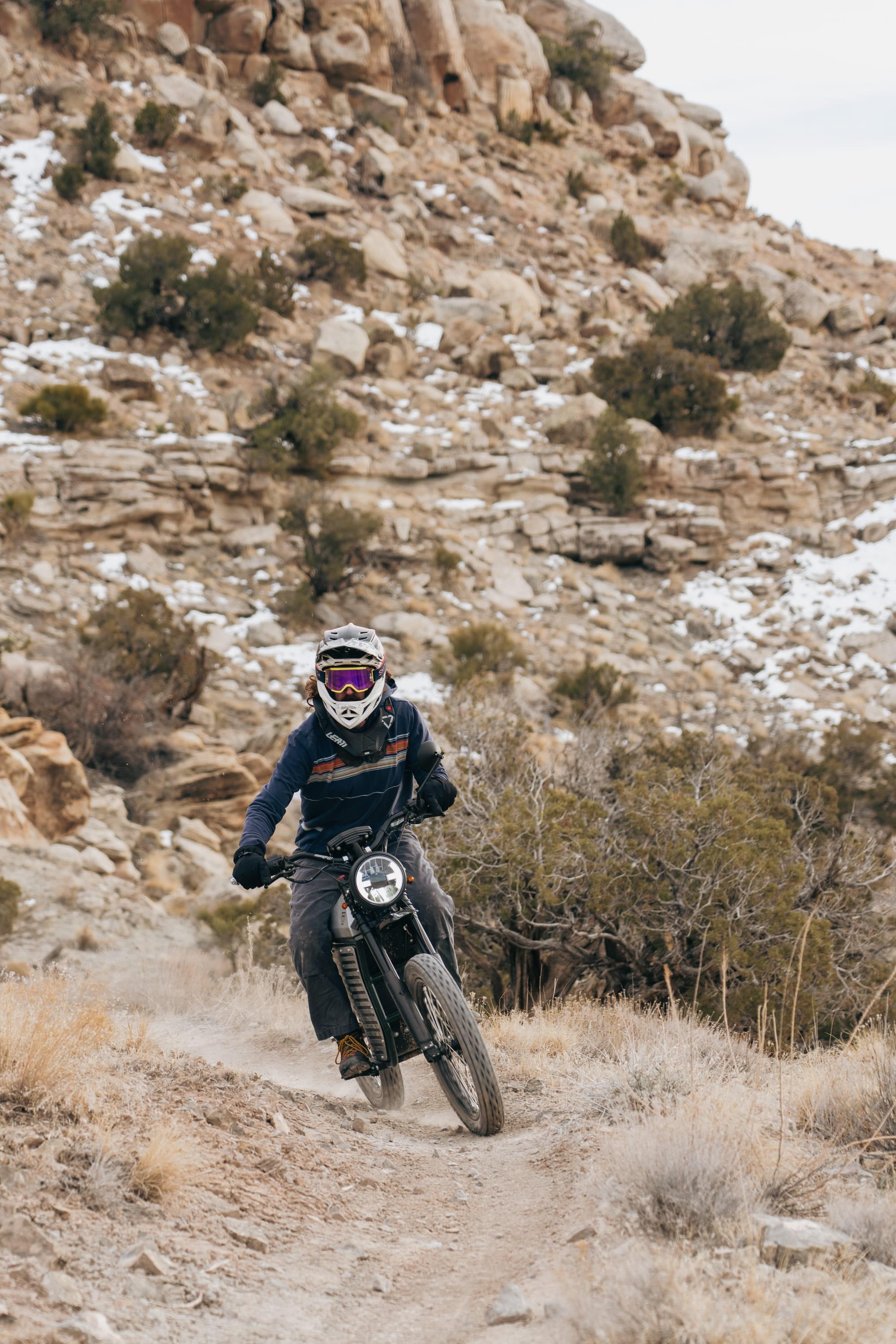
But in terms of pricing, your question is with Talaria and Sur-Ron. So Sue-Ron’s now coming in at, I think, USD 4,400 delivered MSRP. I think their battery is 60V 34Ah (also 60V 38Ah option). Our base is 72V and will probably be 40Ah. So already we have a bigger capacity than they.
InsightEV: You do have a much bigger battery there.
Dylan: Yes, you’re getting a bigger capacity, bigger motor with us. It’s a bigger bike all around. So it’s not this little small dirt bike. It’s an actual comfortable-sized bike. It’s probably closer to a CB 450 or something like that, or a 125 motorcycle dirt bike. On top of that, we offer upgrades to bigger battery sizes. As we talked about, you can get the 55Ah or the 65Ah battery options. Obviously, that is a price increase, but all three battery packs will have essentially the same performance.
Plus, we have the ability to be street-legal. So, our bikes come fully VIN-assigned. So you can take it to the DMV with your MSO and register it.
InsightEV: Where does the Terra line up in terms of license norms?
Dylan: It kind of depends; every state in the US is different. So, we kind of just lean on the customer to follow their local regulations. In the US, it’s based on your nominal wattage. So our nominal would be 6kW. But again, it just kind of goes off of the consumer. When they buy the bikes through the website, they’ll plug in the zip code, follow the steps, and it’ll take them through their local regulations. We’re working with a third-party company that’s already taking care of that. So, we can either ship the bikes to a local dealership of your choosing or we’ll ship them directly to your front door, and we’ll tell you exactly how to register the bike based on your local regulations. This will all take place on our website through a third party that’s already doing this with other EVs.
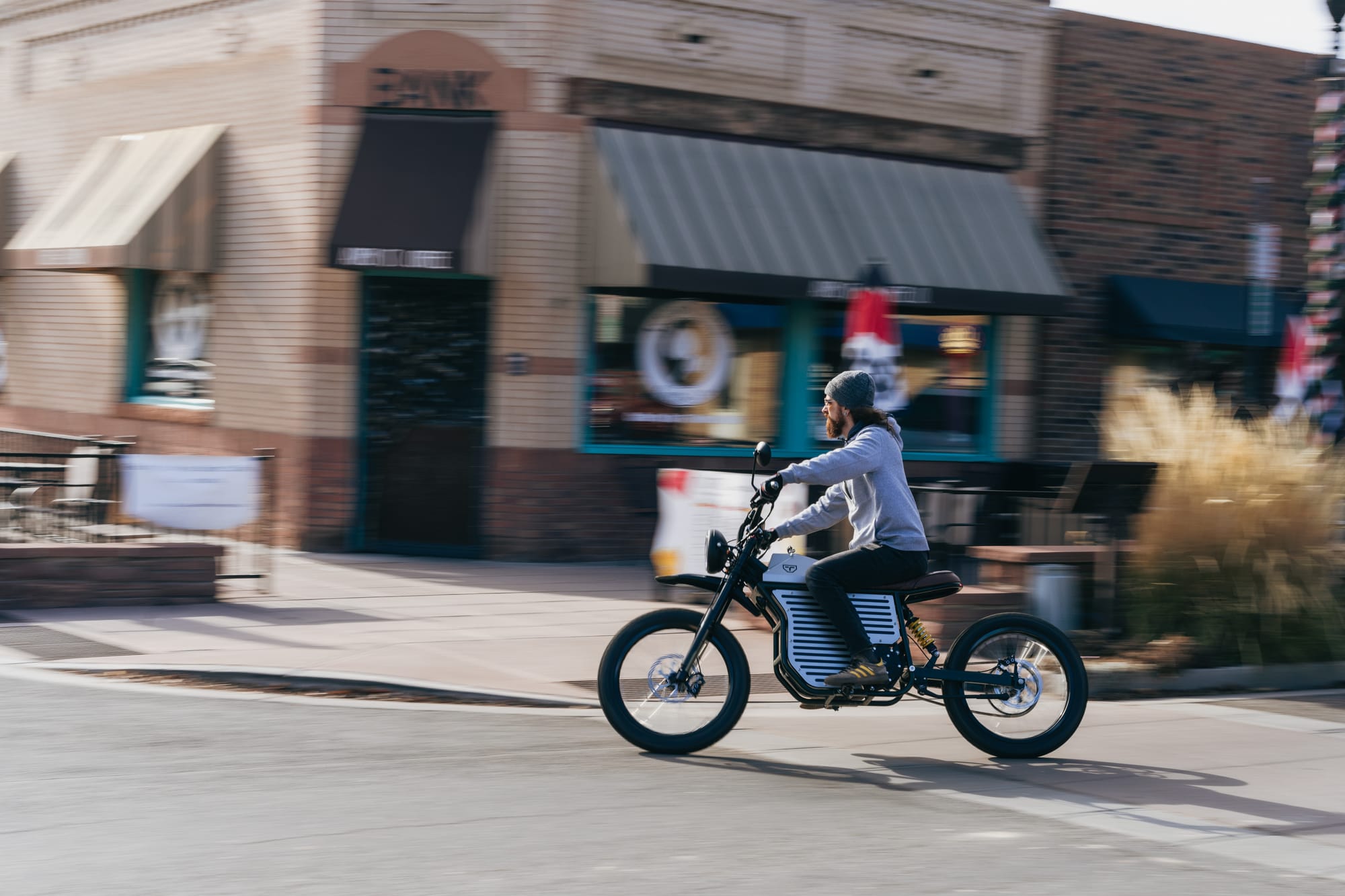
InsightEV: Is the acceptance of electric motorcycles increasing in the US now? I know Zero has been around for a long time. But Zero makes quite a different type of motorcycle, I would say. But then there are these new companies that we keep talking to. There is Land Moto in Ohio, and then there is Ryvid. Is this a trend? Obviously, if it’s a trend, then it’s very favorable for you as well, but do you see a sort of enthusiasm for electric motorcycles now?
Dylan: Yeah, I think the enthusiasm is there in America, but it’s complicated. Companies have kind of come in and tried to replace the traditional combustion engine. You have Livewire, you have Zero, you have all these bikes coming in and trying to do the 100-150 miles per charge game. I think that’s great. Let those guys do that. I think what I am doing, similar to Land Moto, is understanding that I’m not trying to come in and replace somebody’s Harley-Davidson. I’m coming in as a different thing, a smaller motorcycle that is less than 200 lb that can go on a hitch rack on the back of a Subaru, or the back of a van, or into the back of a truck with ease. It just gives you greater flexibility and a totally different tool to be able to get around town, get around the cities, cruise county roads… and then be able to go play on double tracks and single tracks in the backcountry. The thing with electric is that people are either on the fence or unsure about it. But the truth is electric just works. It always works. It’s simple. There’s really nothing failable to it.
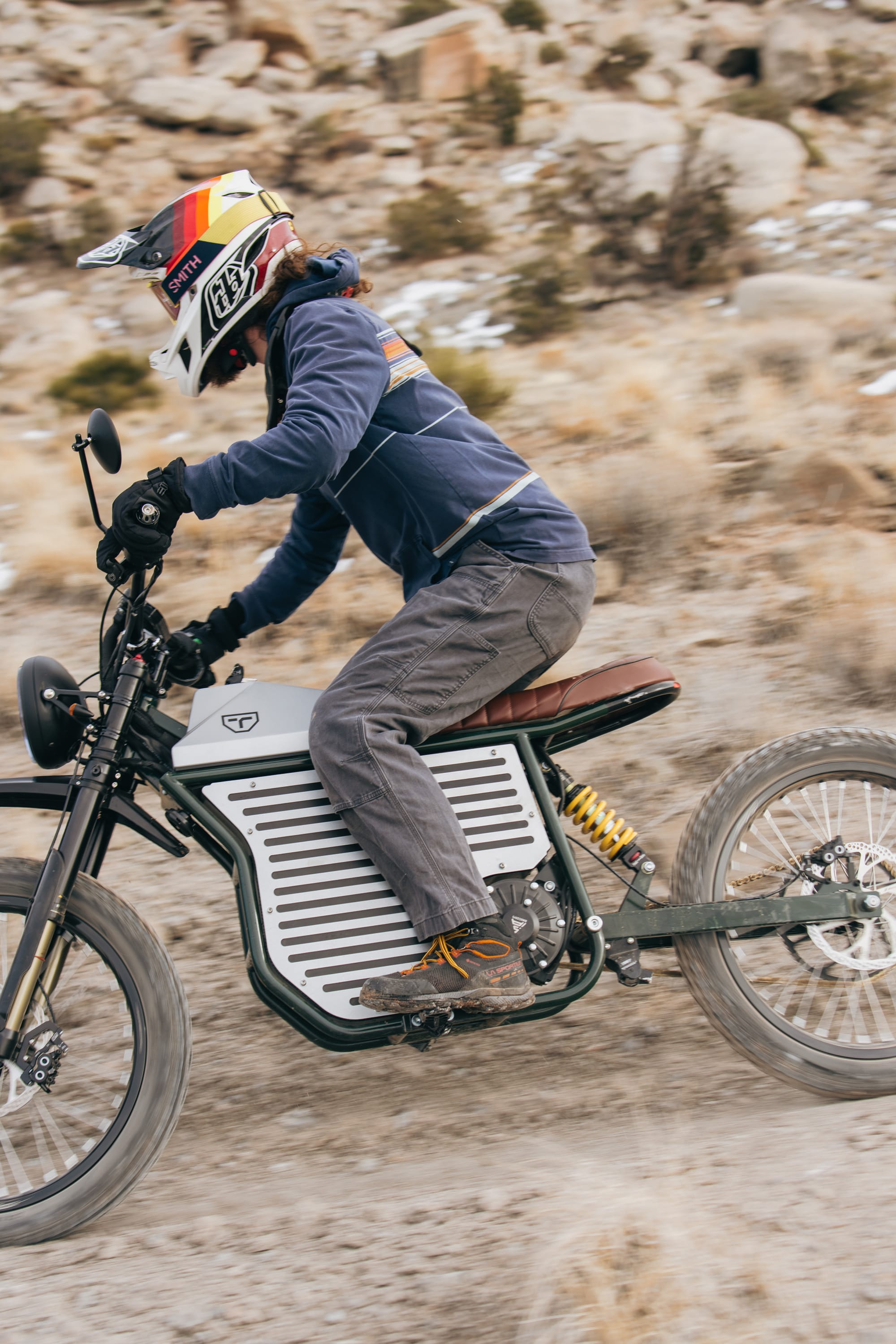
When you have ridden dirt bikes for a long time, and you know that every couple hundred miles you’re going to have to tweak something — that constant maintenance gets old, it gets tiring. With electric, you have a bike that literally works — whether it’s zero degrees outside or 100° outside, you can walk outside, turn the key, and zip down to your office and or coffee shop. It works every single day. No questions asked. That’s really convenient. Then to top off, it’s zero emissions. To me, that’s just the way we got to do it. The majority of people in America commute less than 30 miles one way. My bike has a range of 70 miles.
The majority of our local air pollution is the daily office commute and if we can solve for that with small electric motorcycles, we’re helping the environment more than any car company out there building EVs.
InsightEV: I know you’re going to Indiegogo very soon, but has Terra been bootstrapped till now, or did you have someone put seed capital?
Dylan: This is all bootstrapped up to this point. The reason why we’re going to Indiegogo was I did have an angel come in and help me out with the campaign marketing for Indiegogo. So, we are going to be doing a pretty heavy Indiegogo push on Meta and X and some others. But until now, it’s been me bootstrapping the development of the bike, testing, and assembling them by hand.
Hopefully moving forward, with the price being as competitive as it is, we’ll excite people to be a part of this global EV movement.
InsightEV: That sounds exciting. When did you start with Terra?
Dylan: That story I told you earlier about being in the garage with my dad, that was April of 2019. In May 2023, I delivered the first bike.
InsightEV: What’s the plan after the Prime? More models, more variants?
Dylan: More accessories more than anything. So the plan is, right now you see on my website, we have a very small low-profile tail light off the back end. That subframe slides out. The new bikes will be delivered with a full rack on the back to carry bags, hold a small but effective fender, and follow NHTSA guidelines for taillight and indicator light spacing. Then we’ll have side panels, so people can have panniers on the side and then potentially extra batteries that slap on the side as well.
InsightEV: …and it’s what legally a single seater motorcycle, I mean, this is a single rider machine?
Dylan: It’s sold as a single-seater, but the new rack it’s delivered with will have an optional seat cushion and passenger peg mounts. All bikes sold from now on will be able to add these options in the future. They’ve been incorporated into the latest design.
InsightEV: What is the weight? I understand from the way you’ve been mentioning it that it is quite lightweight.
Dylan: So, the 72V 40Ah bike weighs 160 lbs, and the 65 Ah version is about 10 lbs heavier. I haven’t gotten my hands on the newest pack, so we’ll just have to guesstimate.
InsightEV: Yeah, that’s quite lightweight I would say for a motorcycle that size.
Dylan: Yes, it’s very lightweight.
InsightEV: The material used is what? Chromoly steel for the frame? And 5052 aluminum for the battery case?
Dylan: Correct.
InsightEV: And everything else is conventional? I mean, there are no exotic materials anywhere, right?
Dylan: Moving forward, as we come into manufacturing to scale, we’ll be developing our own fenders, but right now, those fenders are off the shelf that you see on the website.
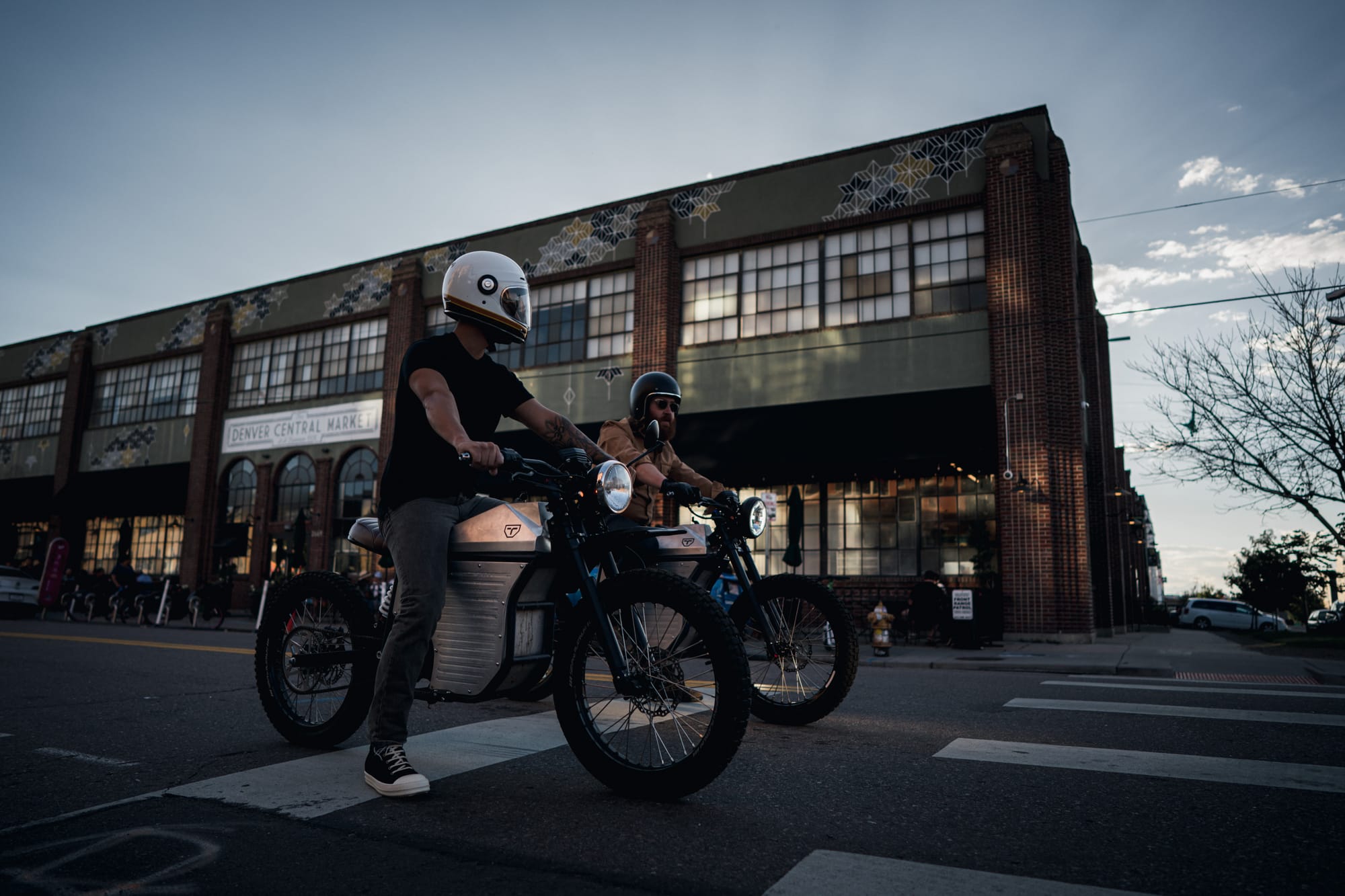
InsightEV: Yeah, exactly. They serve a purpose, and it doesn’t matter, really, and even if it’s ABS, it is pretty strong and easily replaceable.
Dylan: Then the wheels are 19” front and rear.
InsightEV: 19”/19” means the road presence is quite substantial for the motorcycle. Does that increase the saddle height?
Dylan: It’s very comfortable for anybody above 5’4”. The standover height is 32 inches.
InsightEV: After the Indiegogo is done, when do you start delivering? What volumes are you targeting?
Dylan: Our goal is to take 50 pledges. So we would like to deliver a minimum of 50 bikes from Indiegogo. Then for the remainder of the year, we would like to do another 50 bikes.
InsightEV: These would be from the factory you mentioned. You found a partner in China, right?
Dylan: That’s correct, just outside Shanghai. Then, the first shipments will be in early June.
InsightEV: How many people are working with you on this? Or till now you’ve been really bootstrapping it and doing it alone?
Dylan: So it’s been me pretty much 100% from me. About a year ago, I hired an engineer more or less full-time. I’ve gone through a handful of contract engineers up until this point, mechanical engineers and electrical engineers, and then it’s been me full-time. And then, this summer, I brought in a partner who is an e-commerce specialist, and he’s going to be taking care of the entire marketing side of things. So, really, the team after the Indiegogo will be a full-time engineer slash project manager engineer, me, and then we’ll have our commerce team as well. I feel extremely confident in our partner in China, too. They have a full engineering team that we are leaning on… and, above all, they are extremely well-connected in the motorcycle world.
InsightEV: What about displays? With electric motorcycles. I’ve seen that people try to make them feel futuristic with LED lamps and large displays; side what kind of displays are you using here?
Dylan: Right now, they have been off the shelf. For the bikes that I’ve built by hand in my garage, we were using QS motors – the 3kw 138 model motor, plus their complete kit. So the throttle, LCD, and controller all came from them. The monitor up to this point was the DKD monitor — not the best, but it performed fine and played nice with the controller and motor.
But moving forward, it’ll be an all-new display playing off the classic retro vibes of the bike. Think Blade Runner, the movie. It’ll be an all-red display, kind of pixelated, look really cool, kind of like the original Star Wars style. Not too bright and very simple to the point. It’s important to have that feeling of the classic 1970s Scrambler. So I want people to walk up, think it’s a classic ICE motorcycle, a timeless motorcycle, and then realize, “Holy crap, it’s electric. That’s cool.” So, for the display, it’ll be subtle, just like the rest of the bike.
InsightEV: What about the locking? Is it mechanical locks all around?
Dylan: No mechanical locks right now. I want this bike to be as simple as possible. So if somebody’s concerned, just bring a chain lock and lock the wheel.
InsightEV: Okay. What about GPS?
Dylan: So, if you’re concerned, Apple makes their own little GPS’s (air tags). You can go to Amazon and buy your GPS and put it in the tank cuz the little tank has a flap. It’s a little glove compartment in the front. You have to have a key to get into it. So, you just put a GPS inside there. I know a lot of my customers have Air Tags, the iPhone-compatible GPS’s. That’s what they use to track their bikes if they’re worried about it. I stripped this motorcycle down as much as possible. I’m not trying to do what everybody else is doing. I don’t send over-the-air (OTA) updates. I don’t want OTA. I have a Ford 150. I’ve had issues with the OTA updates from Ford. It’s a brand-new truck. I don’t want to deal with this crap. Turn the key and go, that’s what I want.
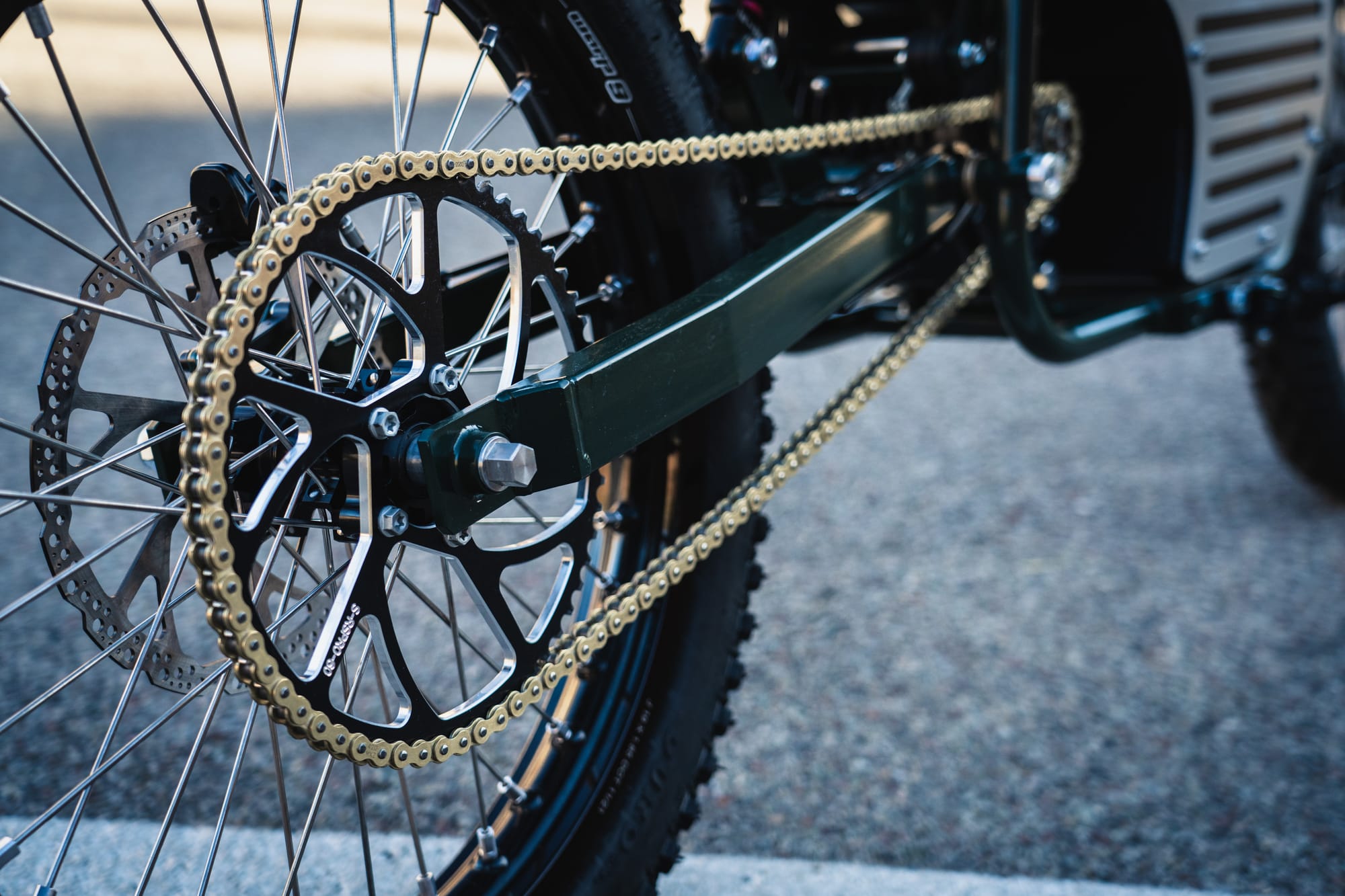
As much as we rely on technology, I think it can also muddle things up. And so, keep it simple, stupid. That’s what I want. I want a motorcycle that will work from the day you buy it to the day either you can no longer ride or you sell it. Just strip it down to what you need. The motor, the battery, the controller. That’s it.
InsightEV: I think that’s a very refreshing approach. it’s unlike anything that I’ve seen in the industry. The industry tends to overburden themselves by putting in a lot of features.
Dylan: We’re on the precipice of a big movement. We see a big rise in electric vehicles, especially in the States and Europe. We have all kinds of big EV companies, these Chinese players like Sur-Ron and Talaria, that are fairly active now. One thing that I think people need to realize is, our batteries still are not perfect. We’re getting better batteries and are on the precipice of a huge breakthrough.
For my bike, I built the battery enclosure to adapt to whatever else may come to the market. So when you buy a Terra and, say 2-3 years down the road, the 21700 cells become obsolete, and the output can be increased with new cells. I want to be able to take my battery enclosure and put in new battery technology in there very seamlessly and make sure that when the technology changes, the bikes that are already on the road can be retrofitted to make sure that we can use the latest battery technology possible.
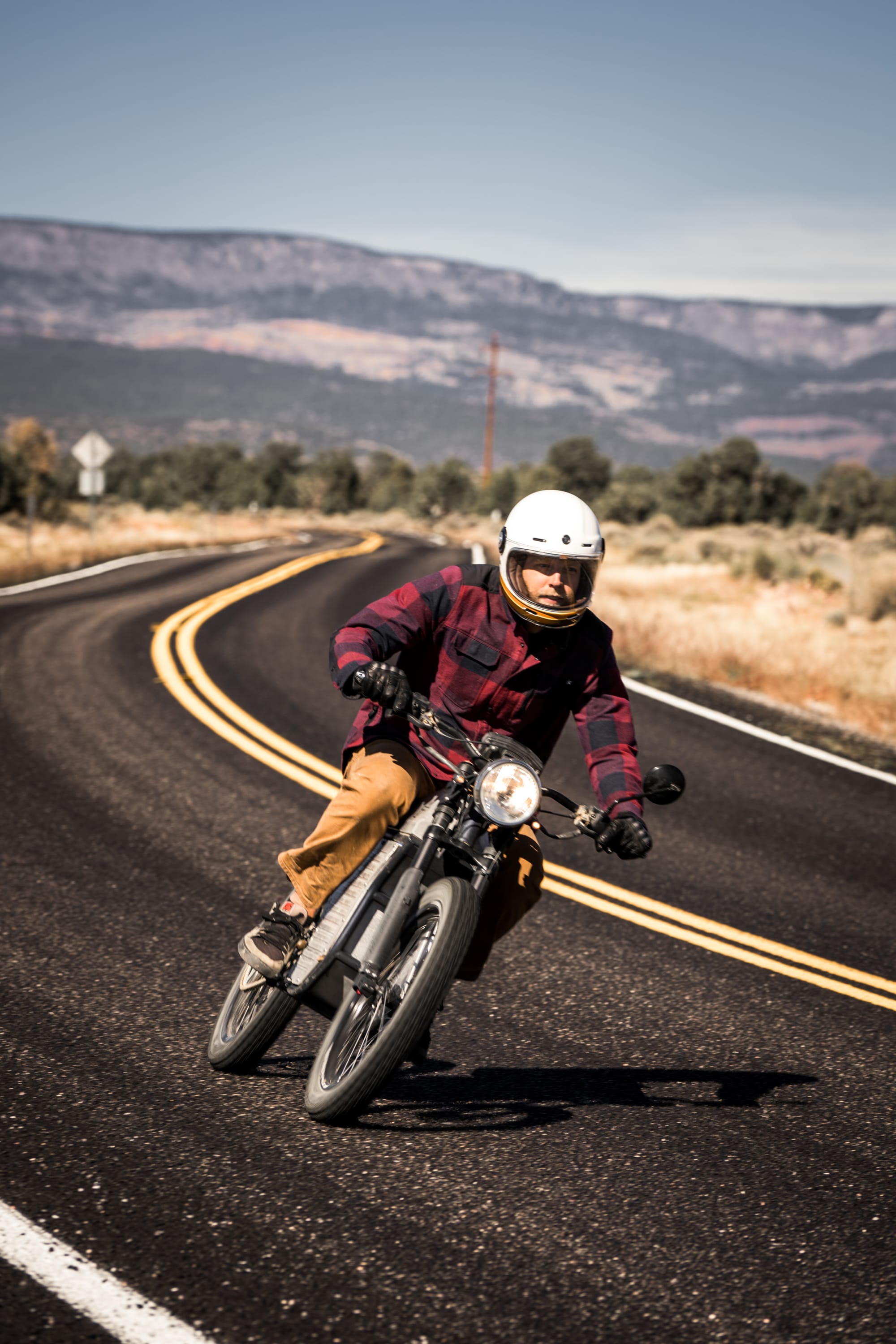
We built a bike that’s simple, and that can be updated in someone’s front yard or in their garage. That, to me, is why I built Terra Bikes when the battery technology wasn’t perfect I know that it will be perfect relatively soon, and let’s just keep pushing forward with it.
InsightEV: Why China?
Dylan: So, one of the biggest reasons why I ended up going to China – I had also explored Thailand, Taiwan, India, and I really tried hard to stay stateside — was because I know that places like South-East Asia, big cities in Europe, South America, and Central America, everybody’s on scooters, everybody’s on small motorcycles, everybody travels small distances every day. Everybody wants a motorcycle that can go down potholed roads, cobblestone streets, and dirt roads efficiently and comfortably.
India has led this movement of electric bikes. They’re on to something, and I think the rest of the world will pay attention to India as they do that. I think China is not too far behind. When I went to Thailand, it was very similar. So, with Terra, by going to China and lowering my production costs, I can now enter these other markets competitively. I can now sell in Europe because we’re not paying really steep prices for manufacturing and exporting out of the US. And as much as I wanted to keep the manufacturing in the US, it just made more financial sense (to produce in China).

